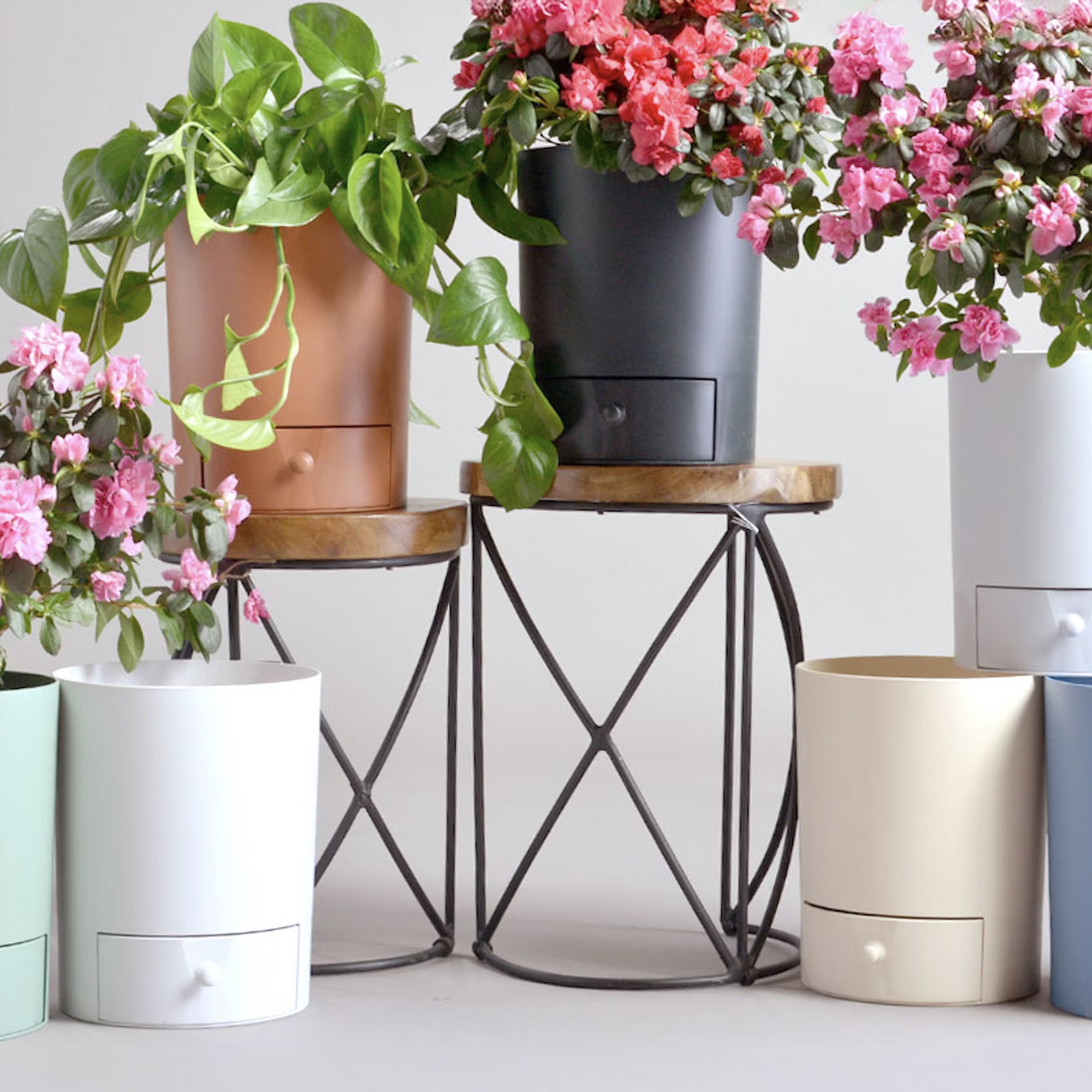Is Your Orchid Epiphytic? Why It Matters – And How To Tailor Care For The Best Blooms
With quirky aerial roots and exotic flowers, epiphytic orchids are unlike any other houseplant. Find out how to care for them and why they're worth the effort.
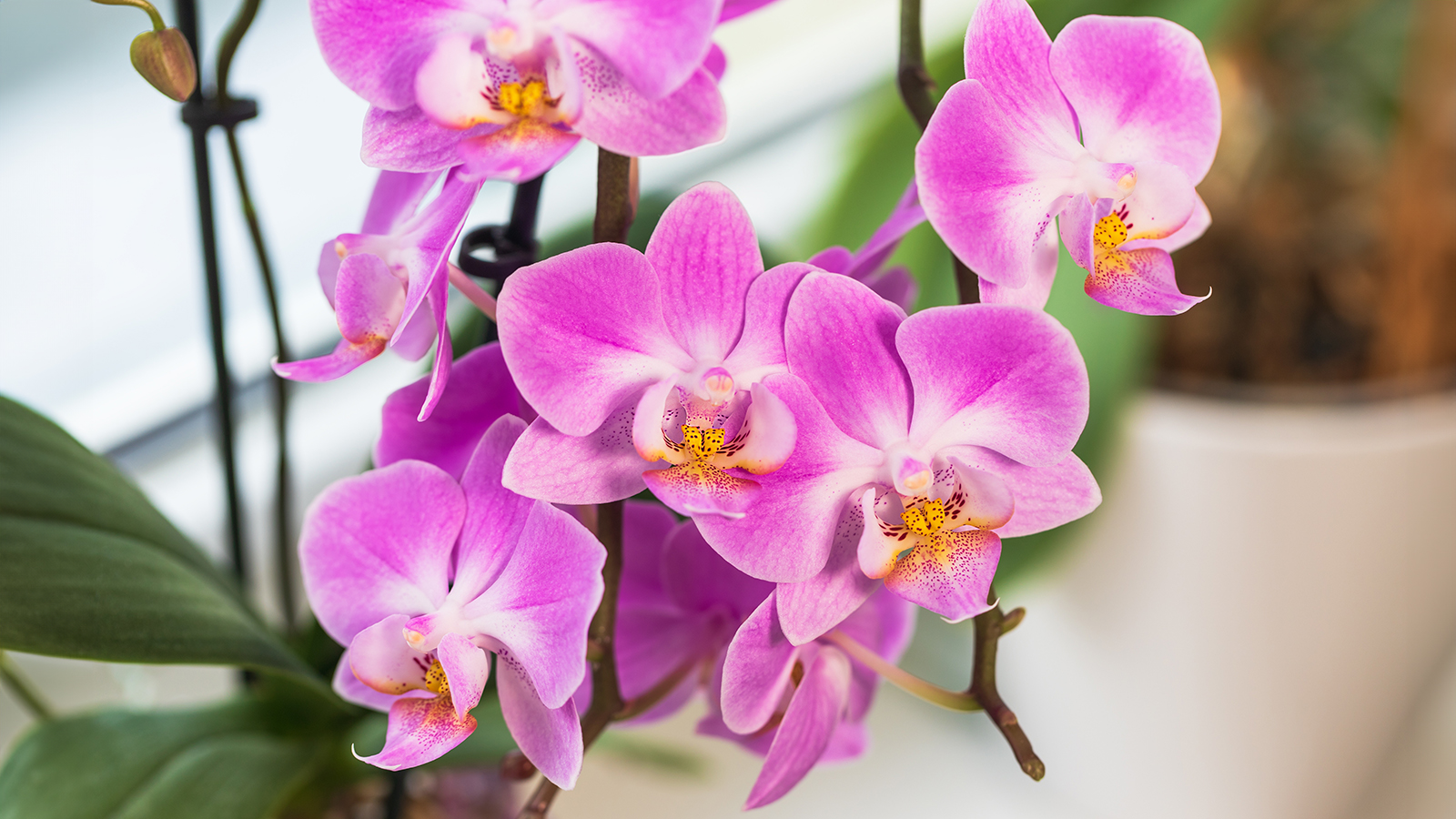

Orchids have long been favored among indoor gardeners and houseplant enthusiasts. Varying greatly from one species to the next, these captivating plants delight growers with their attractive foliage and brilliant patterns. The majority are epiphytic orchids, which grow on trees or other plants rather than in the soil, like terrestrial plants.
Though most types of orchids are considered relatively carefree, some research is essential to ensure each plant's unique needs are met. This is especially true when it comes to proper orchid care, as both epiphytic and terrestrial orchids will only flourish under specific growing conditions.
This guide takes a closer look at the intriguing world of epiphytic orchid species, their bloom, and their continued care.
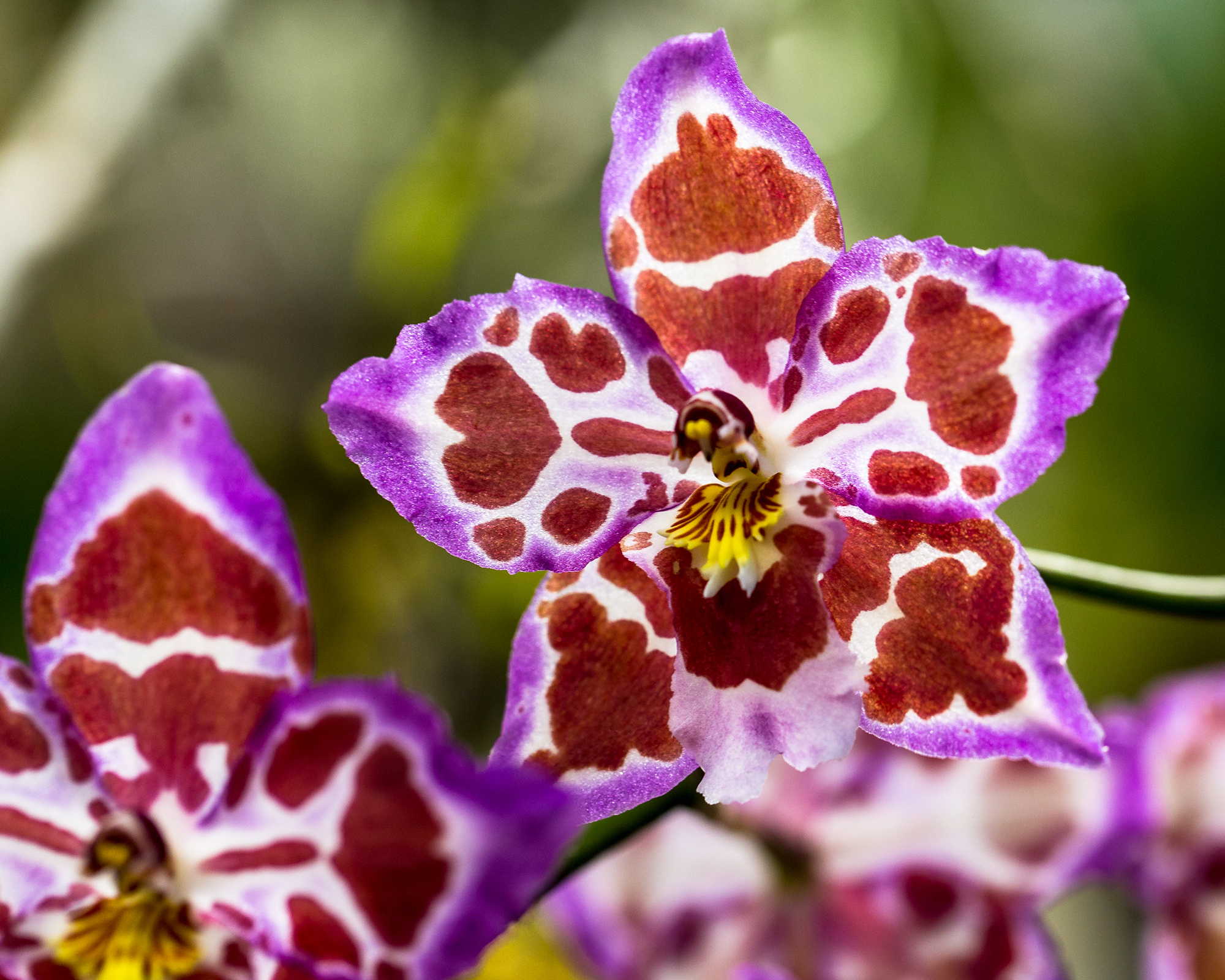
Terrestrial vs. Epiphytic Orchids
Most orchids can be classified as either terrestrial or epiphytic. While their needs for light, moisture, temperature, and humidity are often similar, their growth habits are different.
In the wild, terrestrial orchids grow directly in the ground. They may have roots that spread in the soil, but most are pseudobulb orchids, which have more compact root systems. When cultivated as houseplants, they are usually potted in a finer orchid mix than that used for epiphytic orchids. Popular terrestrial orchids include Paphiopedilum, Calanthe, and Chinese ground orchids.
Epiphytic orchids differ in that they can be grown without soil or a rooting medium. In their native range, plants of this type are most commonly found growing atop branches or attached to the trunks of trees. These orchids are non-parasitic and do not feed from the host tree – their unique root system works to feed, gathering moisture and nutrients from the air and debris around it. Aerial orchid roots further aid in growth by attaching each plant securely to its host. Popular epiphytic orchid types include Phalaenopsis, Cattleya, Vanda, and Oncidium.
As well as trees, some orchids grow on rocks, gathering their nutrients and moisture in the same way as epiphytic orchids. They are known as lithophytic orchids, with popular types including numerous Dendrobium orchids.
Sign up for the Gardening Know How newsletter today and receive a free copy of our e-book "How to Grow Delicious Tomatoes".
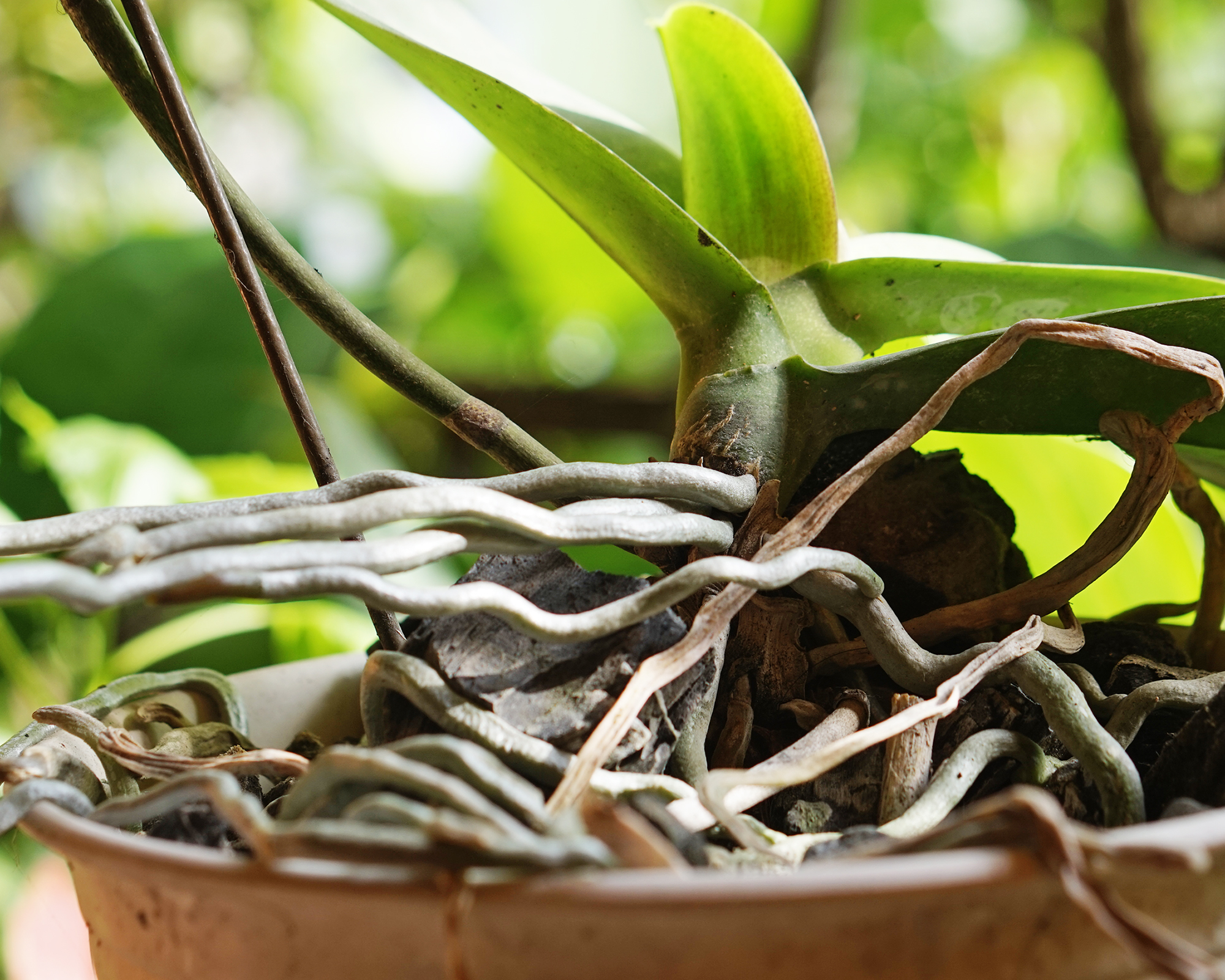
Epiphytic Orchid Care
There are thousands of species of epiphytic orchids, so it's important to check the care needs of your particular variety. However, most share some common care requirements.
Light
Orchid light requirements vary by species, but as most epiphytic orchids grow under the canopy of trees, they tend to thrive in indirect light.
Outdoors, orchid plants are best suited to low light conditions. This includes especially shady areas of the landscape, where each is able to receive ample filtered or dappled light.
Indoors, bright indirect or filtered light will be ideal for most orchids. Direct light from a south-facing window could result in damaged or sunburned foliage.
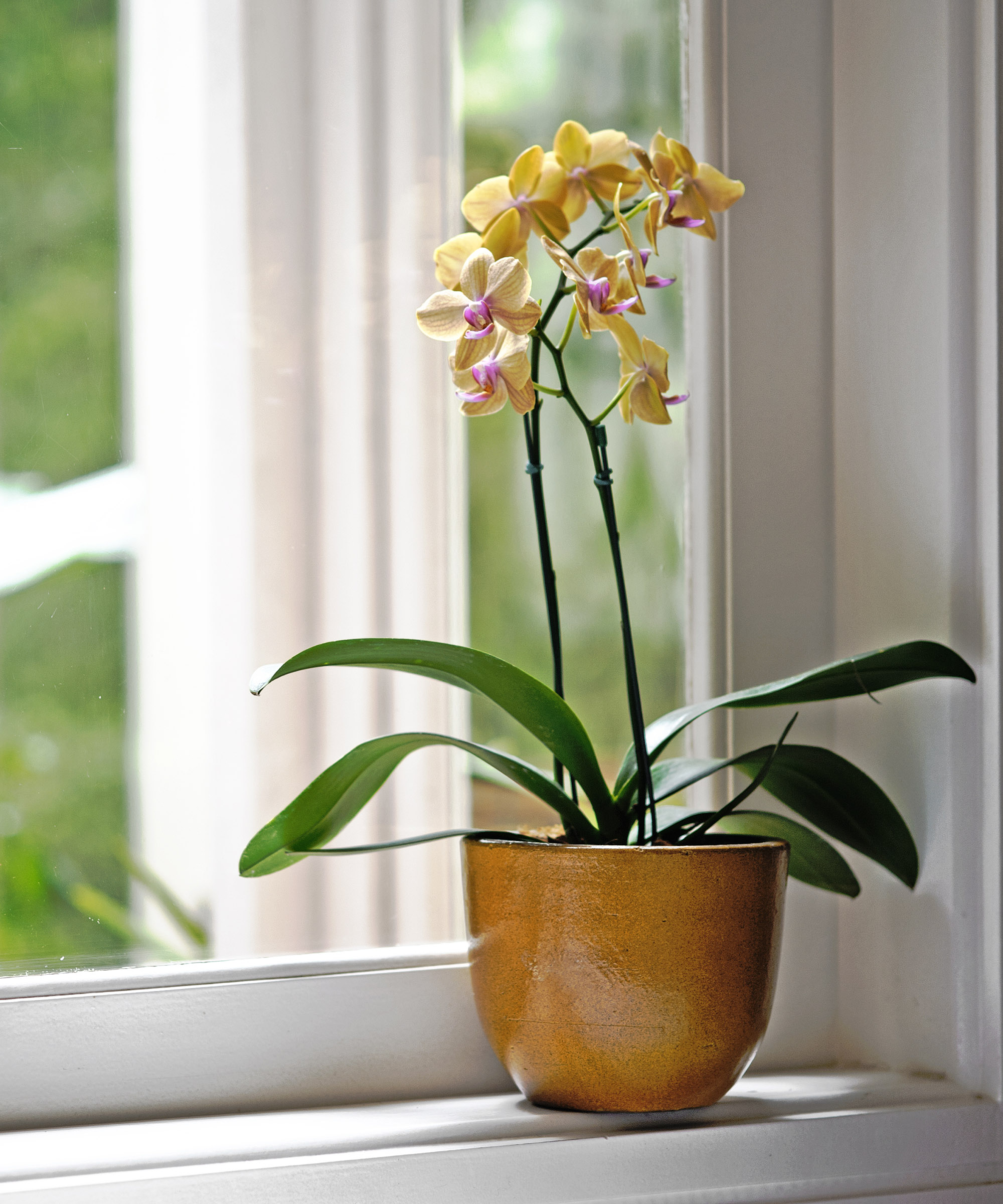
Watering & Humidity
Incorrect moisture levels are the biggest cause of problems with epiphytic orchids, so learning how to water orchids properly is vital. On average, plants will need to be watered weekly, but rather than do it on schedule, check for signs the potting mix is drying out, as overwatering will quickly lead to orchid root rot.
When watering orchids, give them a thorough soaking with tepid water and allow all excess water to drain through before returning to the outer pot or saucer.
High humidity for orchids will further aid in the growth and development of potted specimens. To raise humidity, invest in a humidifier or group plants together and place pots on a pebble-filled tray filled with water.
Potting
A specialized epiphytic orchid potting medium is essential to ensure plants flourish. These mixes are free of soil, containing components meant to mimic their natural conditions for growth.
Bark-based mediums are generally blended with moss or a variety of other amendments, used to both improve and maintain adequate levels of moisture. Repotting orchids is necessary every 2-3 years, as the existing mix becomes depleted.
As an alternative to potting, epiphytic species work well as mounted orchids, which are fixed to decorative bark with the addition as moss, for a striking display.
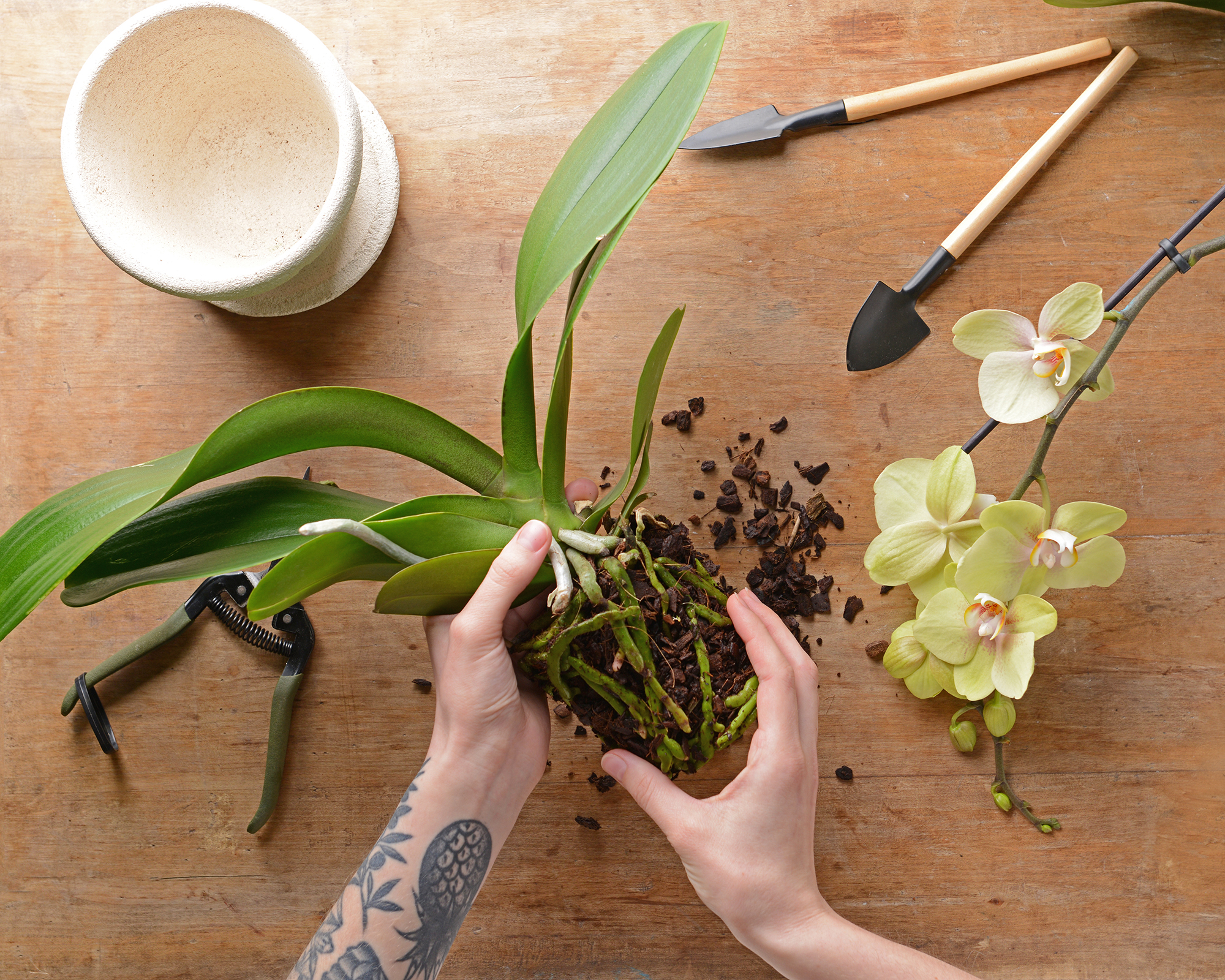
Temperature
Temperature plays a key role in the growth of epiphytic orchids and their production of flowers. Warmer temperatures during the day, alternating with those that are cooler at night, will help to make orchids rebloom. This fluctuation serves to mimic naturally occurring changes in climate throughout their period of active growth.
Orchids are classed as warm, intermediate, or cool, so check the preferred temperature for your chosen species.
Though well suited to indoor culture, all orchids should be kept safely from sudden drafts, heating or cooling vents, or especially cold temperatures.
Air Circulation
Like most plants, epiphytic orchids will benefit greatly from improved air circulation. This will help to maintain adequate levels of moisture and humidity, and better prevent disease. Good circulation further aids in regulation of moisture throughout the growing medium, improving drainage. Though optional, many gardeners have found success through the use of small fans to move air more freely throughout the growing space.
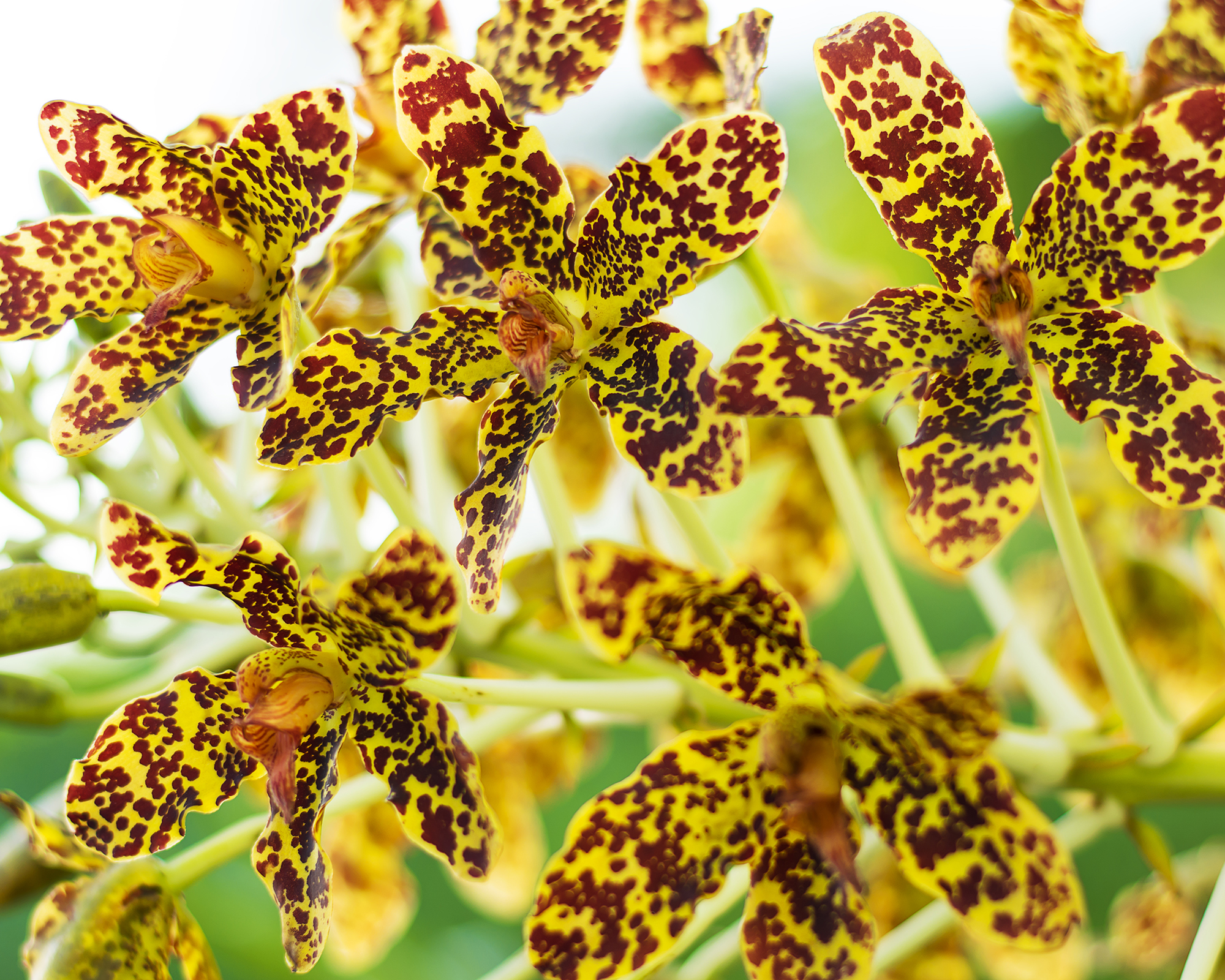
Fertilization
Though epiphytic orchids are known for their ability to gather nutrients from the air, fertilizer can further help to promote growth and the production of flowers. This is especially true for growers hoping to encourage their plants to rebloom.
Balanced feeds can be applied annually, followed by application of liquid bloom boosters every 2-4 weeks. When fertilizing orchids, overfeeding should be avoided to prevent damage to roots or foliage.
Epiphytic Orchid Problems
Though most epiphytic orchids will be relatively carefree, growers are likely to encounter issues where conditions are less than ideal. Most orchid problems will be directly related to moisture. Both underwatering and overwatering can be troublesome, resulting in the yellowing or drooping of foliage. The same can be said of nutrient deficiencies within containers, resulting in added stress to plants.
Poor drainage and inadequate air circulation will often lead to the development of orchid diseases, including rot, blight, and anthracnose. Indoor pests may also frequent plants, with thrips, mites, mealybugs, and aphids among the most prevalent.
This article features products available from third-party vendors in the Gardening Know How Shop.

Tonya Barnett has been gardening for 13 years. Flowers are her passion. She has transformed her backyard into a cut flower garden, which she regularly chronicles on her YouTube channel http://www.youtube.com/@tonyawiththeflowers.
